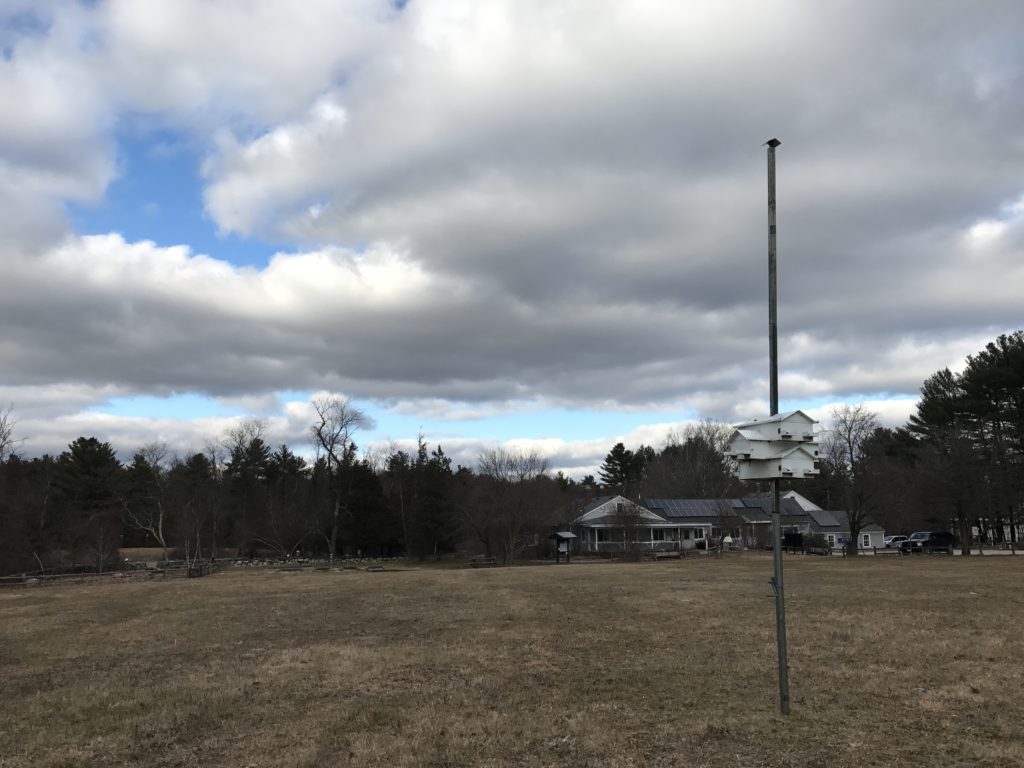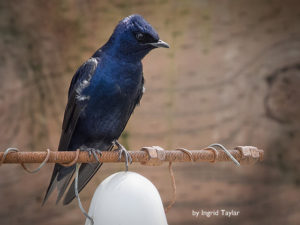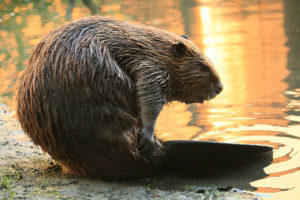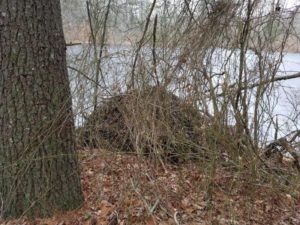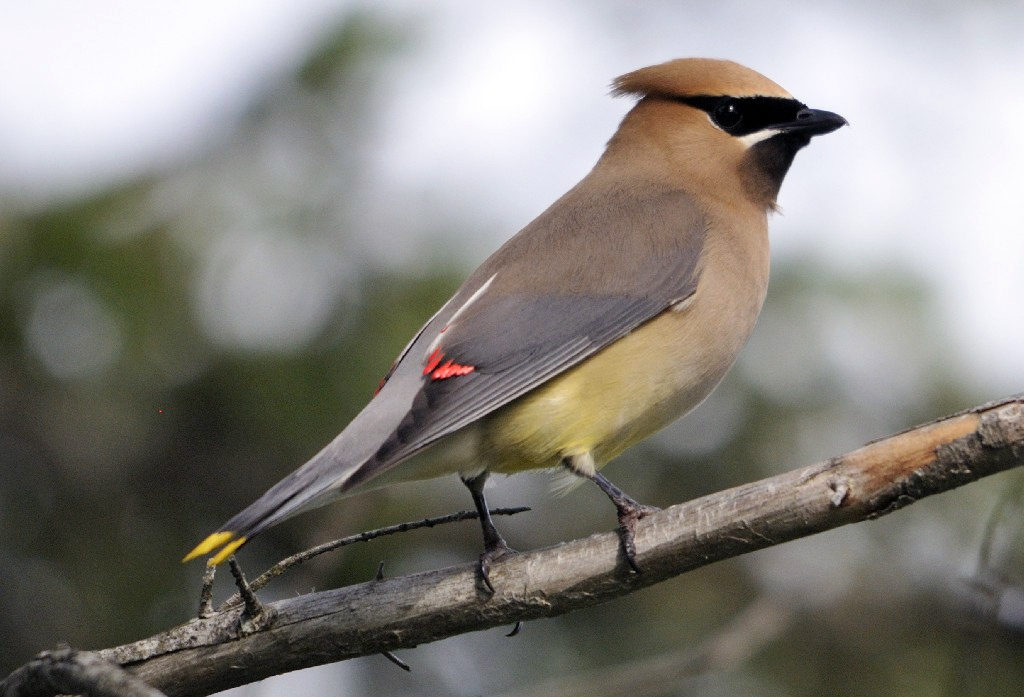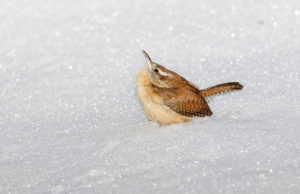Ski gloves: check.
Down jacket: check.
Insulated boots: check.
At first glance around Mass Audubon’s Stony Brook Wildlife Sanctuary and Bristol Blake State Reservation on a day like this, it’s hard to believe any creature is still puttering around out there. The entire landscape is buried under a thick blanket of snow, and every pond is frozen and frosted with its own layer of flakes. There’s almost no sign of anything stirring, with the exception of the footprints of a few intrepid nature lovers.
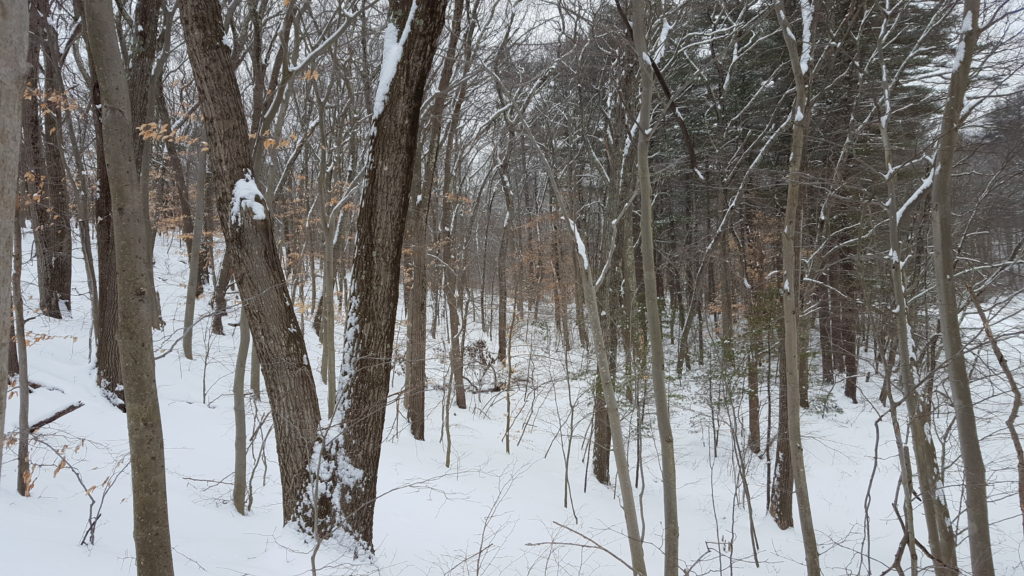
All’s quiet on the western front. Or possibly eastern. My internal compass is…not accurate. (Photo by Jessy B)
But life in this frozen landscape persists, and it does so without gloves or boots or jackets. For the beavers of Stony Brook and Bristol Blake, on a day like this it’s just business as usual. I can’t see them, but I know the beavers are awake and busy—most notably by the fact that they’ve already dammed up a spillway that I cleared just two weeks before.
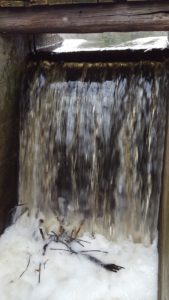
Two weeks ago. (Photo by Jessy B)

This week. Come on, guys. (Photo by Jessy B)
I’ve been volunteering for Stony Brook a few months now, drawn to the idea of learning more about my natural surroundings firsthand and keenly interested in helping to preserve and protect our remaining open spaces. I’ve come to learn a great deal about the plant and animal residents of this lovely place—and if I had to name the star players of this corner of marshland, I would choose the beavers. Intelligent, industrious, and mischievous, the beavers play a fascinating role within their ecosystem.
When it comes to staying warm and fed through the winter months, beavers have their strategy down pat. The beavers’ home, called a lodge, is a dome-shaped structure built from tightly woven branches and plants, reinforced with insulating mud. The dome is ventilated by a primary hole at the top of the dome, along with any small gaps that remain in the walls of the lodge.
Within the lodge lies a chamber above the water line where the beaver family will sleep and huddle for warmth. All those furry bodies, combined with the thick mud and wood walls, means that the inside of the lodge stays significantly warmer than the outside air—studies have shown that even when the outside temperature falls well below freezing, the inside of a beaver lodge will remain at about 32 degrees Fahrenheit.
Lodges are often built in the middle of ponds, and will typically include at least one underwater entrance. Frankly, diving into icy water every time you want to get to your living room doesn’t seem that appealing to me—but the beavers have that covered, too. The beavers’ fur is thick and naturally oily, creating a warm, waterproof layer for the aquatic rodents. For a great illustration on what a beaver lodge looks like see this link.
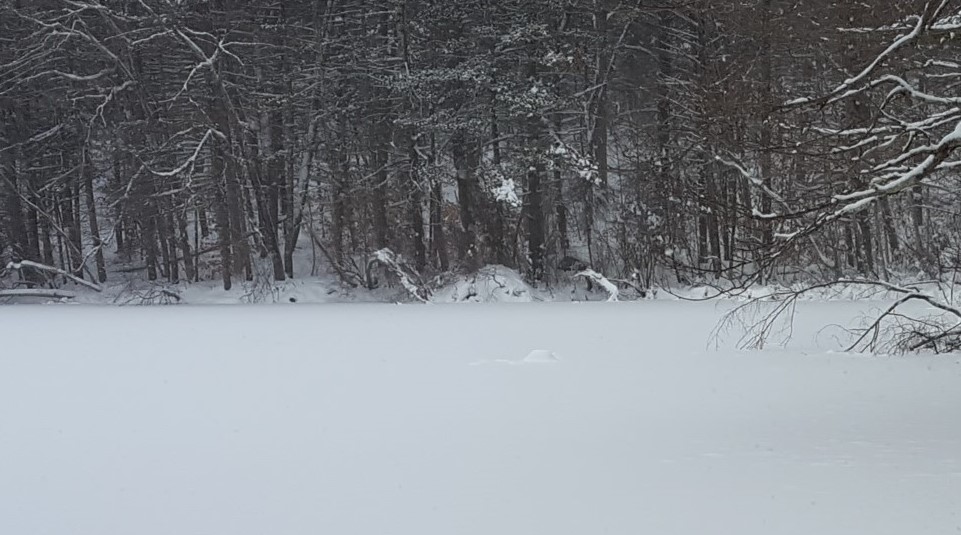
The beaver lodge (mound in center of photo) at Bristol Pond, buried under snow. (Photo by Jessy B)
So the beavers are warm, snuggly, and super busy damming up perfectly good spillway that were just minding their own business—but what are they eating to fuel all of this activity?
During the fall, before snow and ice claim the landscape, beavers get to work creating a food stash for the winter months. After cutting branches from the trees, the beavers drag these nutritious sticks underwater, where they jam them into the pond bottom to prevent them from floating or flowing away. By the time the pond freezes, these industrious creatures have stockpiled enough food to see them through the winter. While adult beavers slow their metabolic rate during the cold months to conserve energy, young beavers are still growing and will rely on this submerged pile of sticks for a dependable food source. The beaver’s wide, flat tail can also store fat, which it can then use for energy while food is scarce (similar to the bricks of ramen noodles I keep in my pantry, for when I forget to buy groceries).
I decide it’s finally time to go when I can no longer feel my fingers. Upon returning home, I kick off my snow-caked boots, hunker down with a mug of hot chocolate, and peruse Netflix. My own little lodge isn’t made from sticks and mud, but it is full of furry animals–and that makes it pretty darn cozy.
Want to learn more about the beavers of Bristols Pond? Visit Stony Brook Wildlife Sanctuary and Bristol Blake State Reservation, or find out how to get involved.
Focus on Fauna written by Jessy, Stony Brook’s trail maintenance volunteer and general outdoor enthusiast.




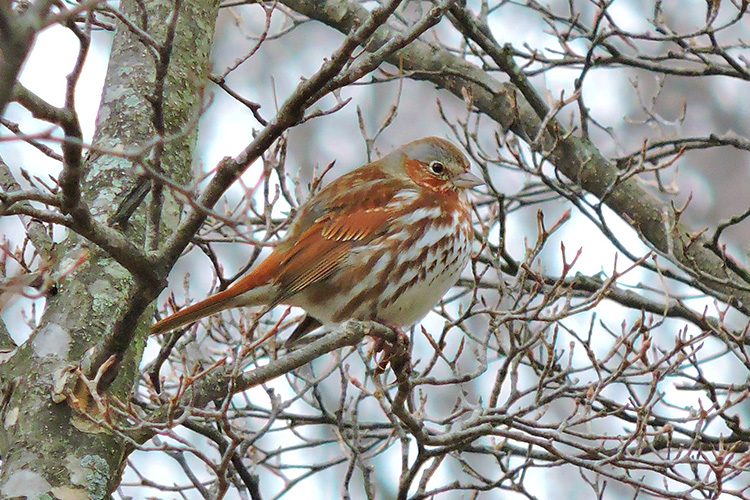
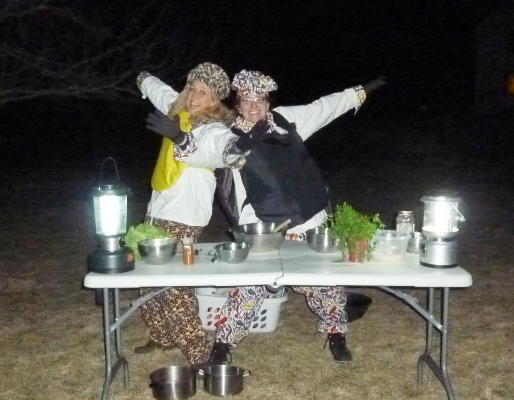 Ever wondered about the mysterious annual migration some of our native amphibians make on the first few warm and wet nights in the spring? Have you heard about vernal pools and know that they are important to our ecosystem, but are not sure why? Do you just want a fun night out with your family, filled with cookies, crafts, exploration, skits, discoveries and a guided lantern-lit tour of Stony Brook? Join the many other families who are also curious to learn and experience more about our natural world next Saturday, April 8th at Stony Brook’s Amphibians After Dark program. Tours begin every 15 minutes from 5:30pm until 8pm, so you can pick a time that works best for your busy family.
Ever wondered about the mysterious annual migration some of our native amphibians make on the first few warm and wet nights in the spring? Have you heard about vernal pools and know that they are important to our ecosystem, but are not sure why? Do you just want a fun night out with your family, filled with cookies, crafts, exploration, skits, discoveries and a guided lantern-lit tour of Stony Brook? Join the many other families who are also curious to learn and experience more about our natural world next Saturday, April 8th at Stony Brook’s Amphibians After Dark program. Tours begin every 15 minutes from 5:30pm until 8pm, so you can pick a time that works best for your busy family. 





